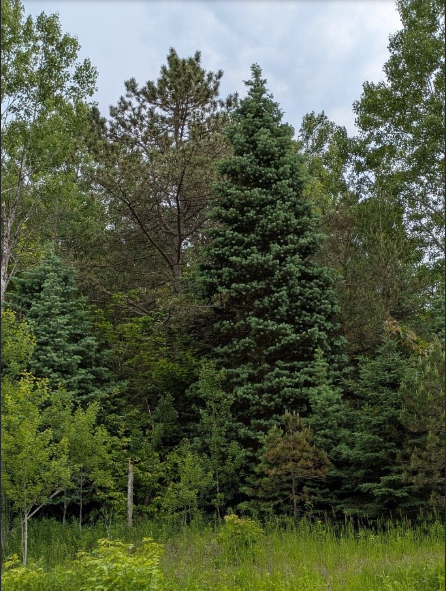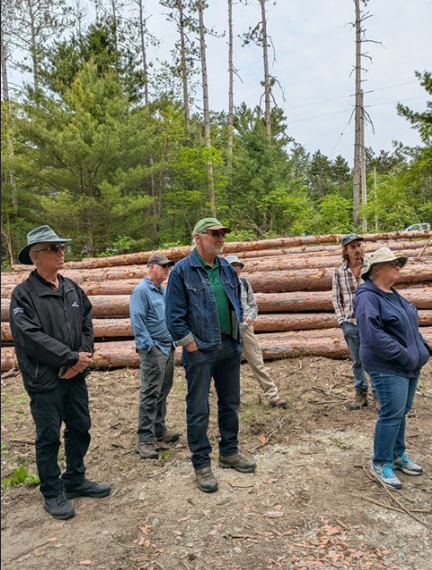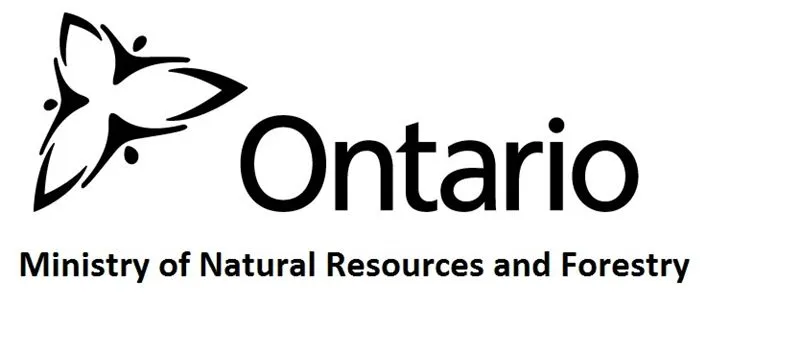It was a gorgeous spring day with enough sun to keep you comfortable and just enough breeze to keep the bugs at bay. The 6th FHO forestry tour attracted a record 40 attendees and made for a full bus of enthusiastic history buffs. It should be noted that apart from tour director Terry Schwan the only other tour member who has joined all six tours is dedicated history buff, Ken Reese. The group assembled at the Museum of Dufferin in Mulmur and generally followed a 1939 field day sponsored by the Counties of Grey and Dufferin with the goal of inspecting various forest plantings in the two Counties.
The FHO tour series, aptly named the Rewards of Planting Trees, this time in Dufferin County, explores the natural and planted forests across southern Ontario learning about their origins, history, current management and future plans. By 1900 much of Dufferin County’s Forest was cleared for agriculture and with the loss of tree cover not only were winter jobs for farmers lost but the light soils degraded making even farming very difficult. In the early 1900s land reclamation began and gradually more properties were returned to forest. In 1993 the County decided to commission a forest management plan for their forest holdings and a couple of years later recruited a full-time permanent County Forest Manager, Caroline Mach, the first in Ontario. Today, the Dufferin County Forest covers an area of just over 1,000 hectares.
The first stop was at the Main Tract for introductions and to view a Centennial Year (1967) planting. This now 53-year-old plantation was planted by a young Greg Greer when he just started out with the Department of Lands and Forests.
The second stop was at the Simmons Tract named after one of the recent owners, John F. Simmons, District Forester for the Lake Simcoe District. Simmons' colleague, forest researcher, Andrew Leslie established a very species diverse collection of forest parcels in the area and tested a number of fir species as Christmas tree options. A most interesting feature is the very healthy specimens of White Fir (Abies concolor) which is native to western US but also found in western Canada.
Concolor Fir...Simmons Tract
Red Pine Poles...Randwick Tract
The next stop was the Randwick Tract which was almost entirely Red Pine plantations, but a recent addition was a small planting of Butternut whose parentage has shown some signs of resistance to canker. Interestingly in the spring of this year an emergency thinning was undertaken to harvest candidate Red Pine trees to replenish local supplies of utility poles following the devastating ice storm in March 2025.
The next stop, the Little Tract, again named after an original owner, was as close as one could imagine to being classified as ‘old growth’ given tree sizes, ages, composition and understory vegetation. Interestingly, in the 1990s over 35 American Chestnuts were planted in the tract and by all appearances were doing very well. Native American Chestnut whose primary range was in the eastern United States but also southern Ontario was almost entirely eradicated due to an invasive blight.
The next stop, the Thomson property, provided a backdrop to the story of the Thomson/Somerville families whose lineage in the area goes back at least four generations and a legacy of those years of determination and very hard work is the Somerville Nurseries Inc headquartered in nearby Everett. We were graciously welcomed to this property by John Thomson, patriarch of this magnificent hardwood property that has been carefully managed by Greg Greer for decades.
After a very hefty lunch in nearby Simcoe County at the Earl Rowe Provincial Park the group continued on to visit the Beattie Pinery which is now a Provincial Nature Reserve. It is one of the most mature, least disturbed, and healthiest White Pine, Red Pine, and Sugar Maple upland forests on the Essa Flats lies. This 68 hectare forest contains many white pine well over 100 years of age and is considered to be rare to uncommon in Ontario south of the Canadian Shield.
The last stop of the day was back to the Main Tract north of Mansfield. This was the first property bought by the County in 1930 and is 606 ha is by far the largest. There are numerous hiking trails through the maple-oak and pine plantations with active forest management. But its history includes a relieve camp for young men through the thirties and a young offenders detention camp from the 1970’s to the early 1990’s. These young men learned forestry skills as well as life skills.
After a full day and much seen and learned the group returned to the Museum of Dufferin at 4:00PM with all in agreement that this had been a very educational and entertaining day spent in the woods…and the bus!
Much of the credit for spearheading this tour goes to Terry Schwan, dedicated forester and history buff (also an FHO Board member). Excellent guidance, historical information and anecdotes and advice provided by Dufferin County Forester Kevin Predon, recently retired County Forester Caroline Mach and local forestry consultant and keeper of vast stores local knowledge, Greg Greer.
Forest History Ontario is particularly grateful for the generous financial support from the County of Dufferin, without which this tour would not have been possible.
It was announced that the 7th field tour is being planned for Simcoe County in 2026, so stay tuned.
Jim Farrell (borrowing generously from Terry Schwan’s tour guide)
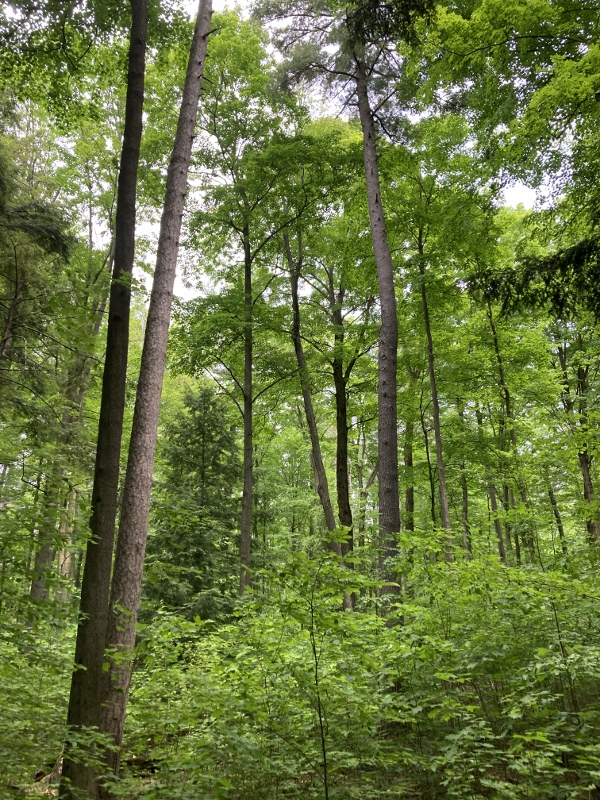
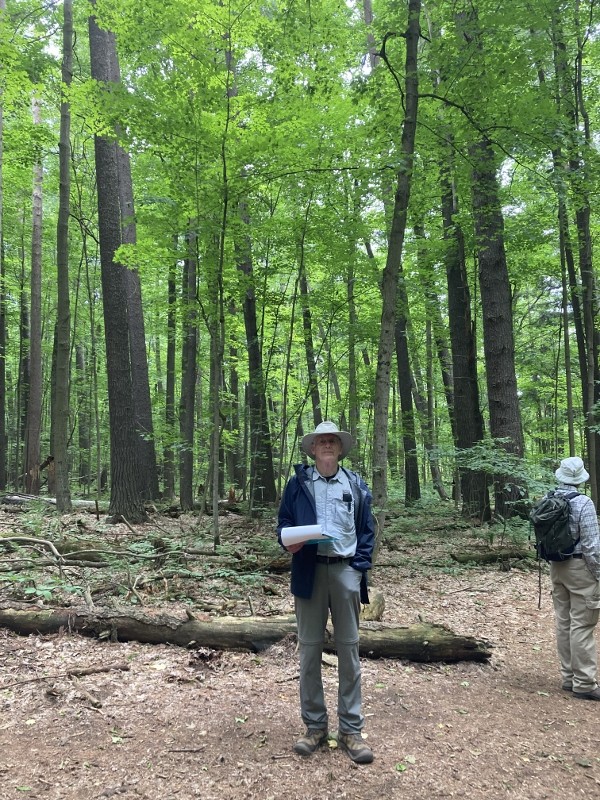
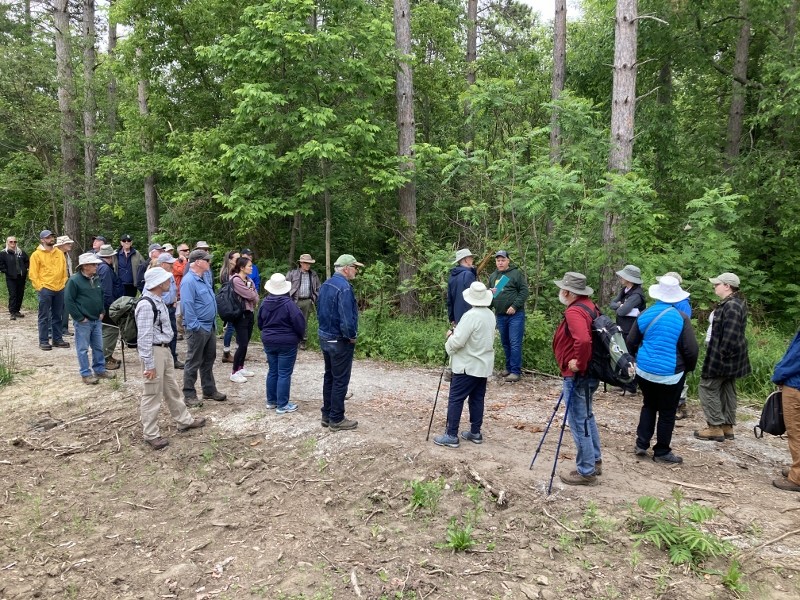
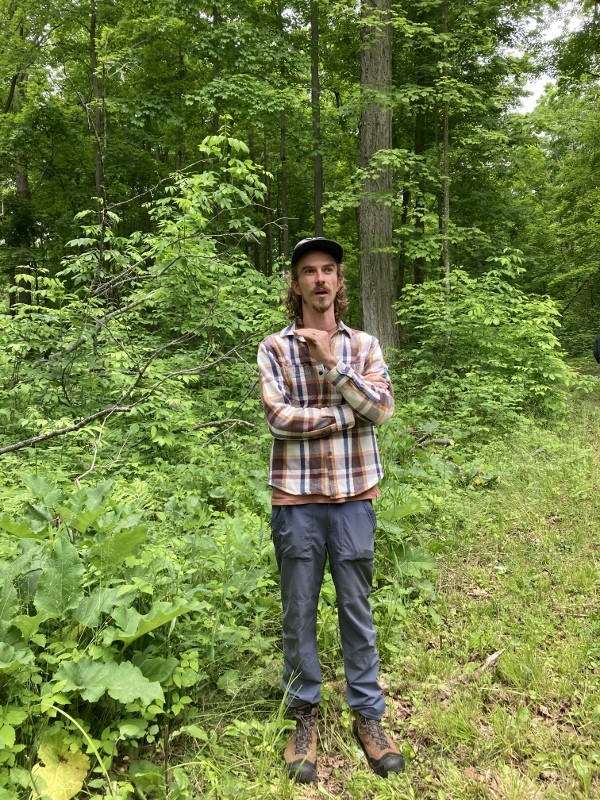
James Somerville
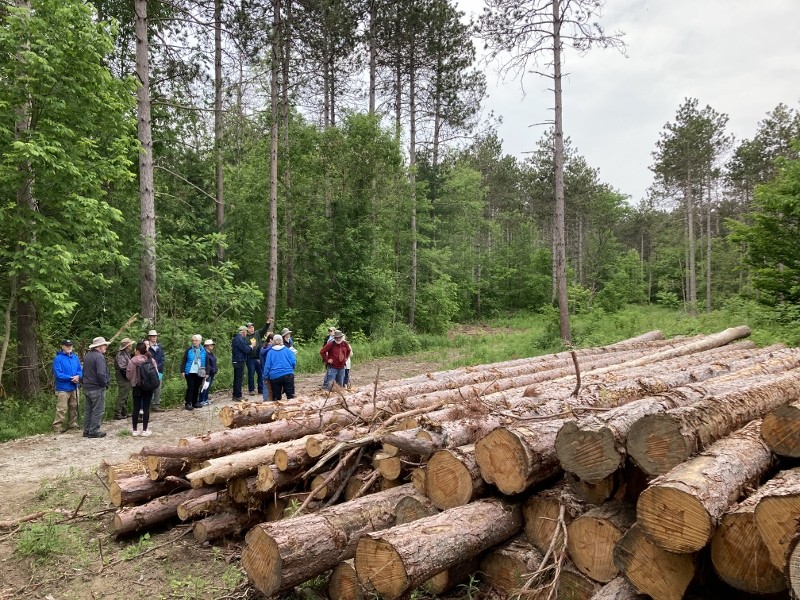
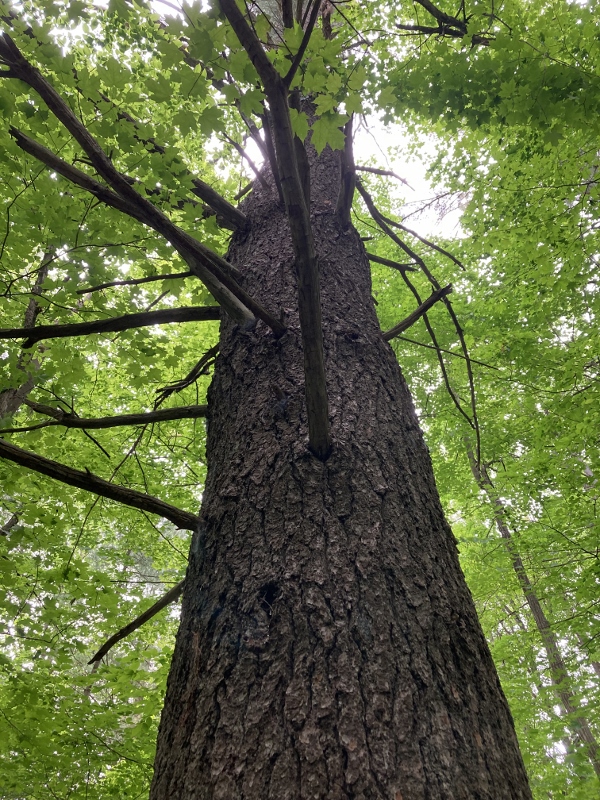
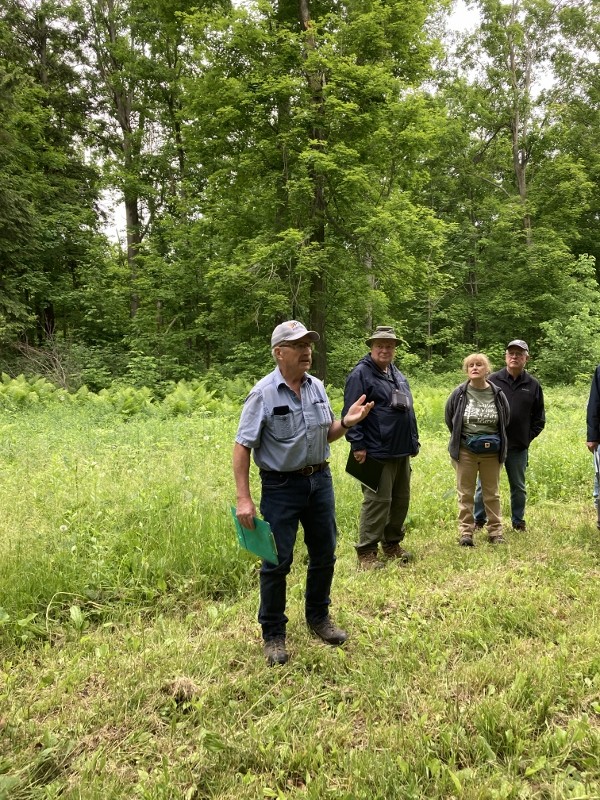
Greg Greer
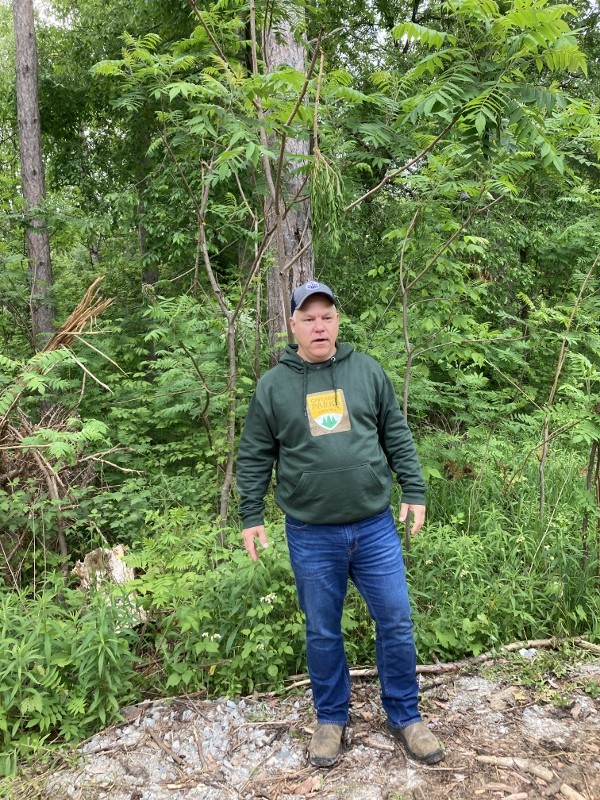
Kevin Predon
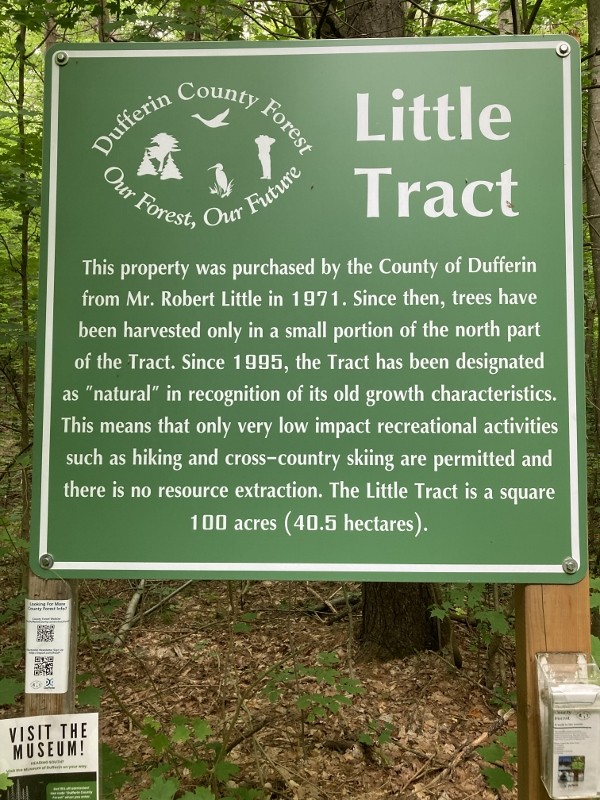
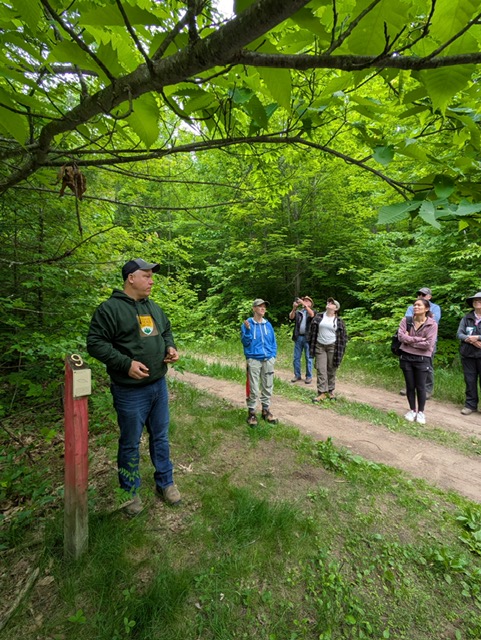
Sweet Chestnut
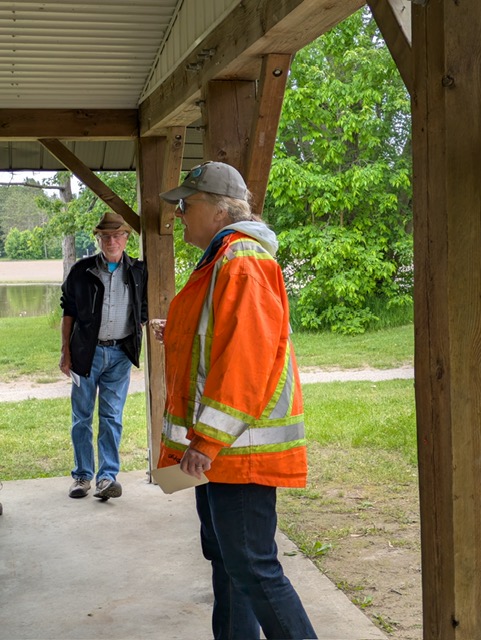
Jim Farrell and Caroline Mach
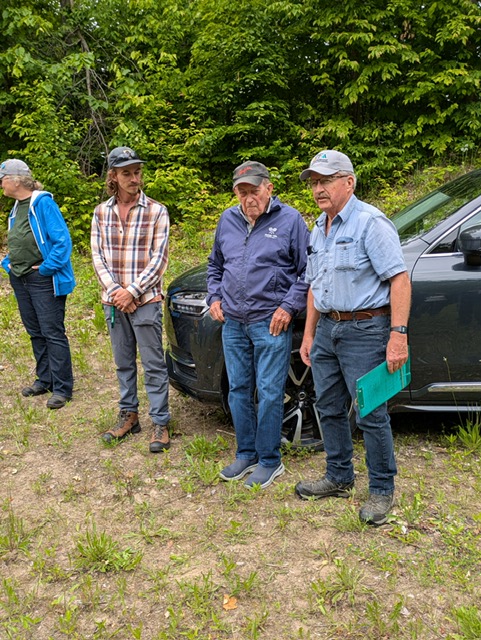
Caroline Mach; James Somerville; John Thompson; Greg Gree
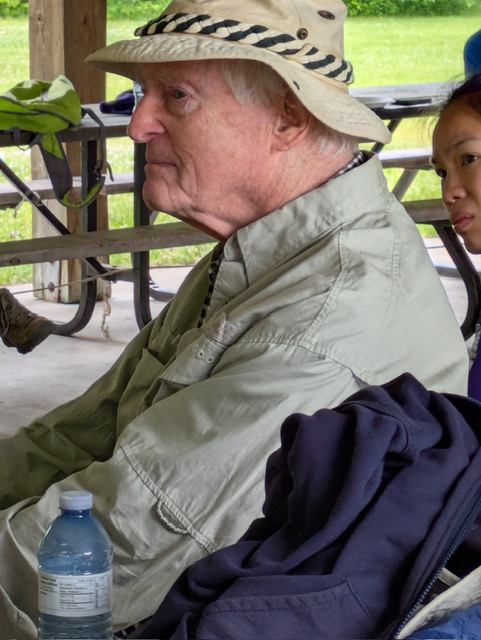
Ken Reese
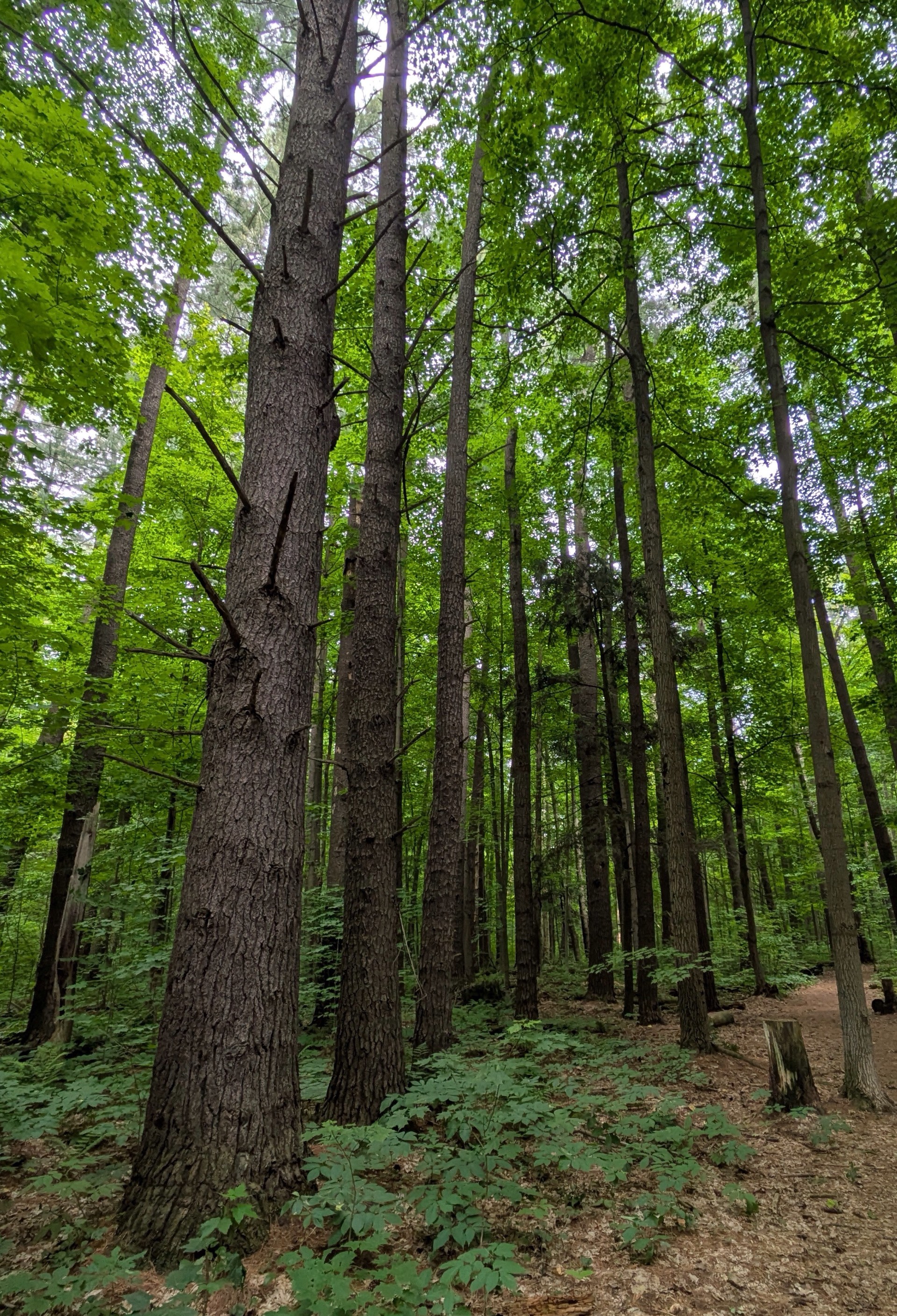
Beattie News

Graeme Davis (Simcoe County Forester)
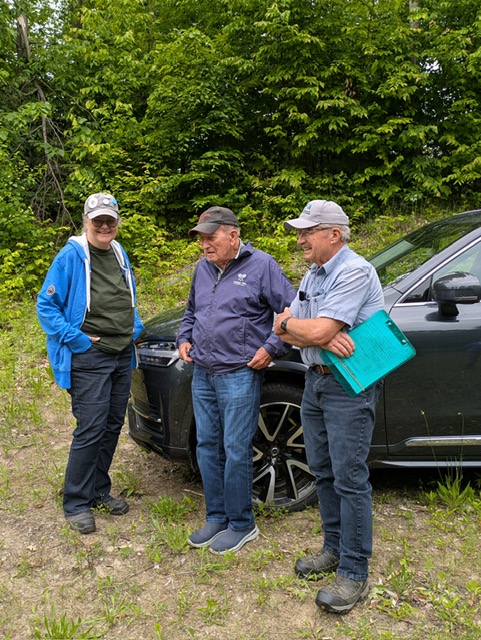
Caroline Mach, John Thompson, Greg Greer
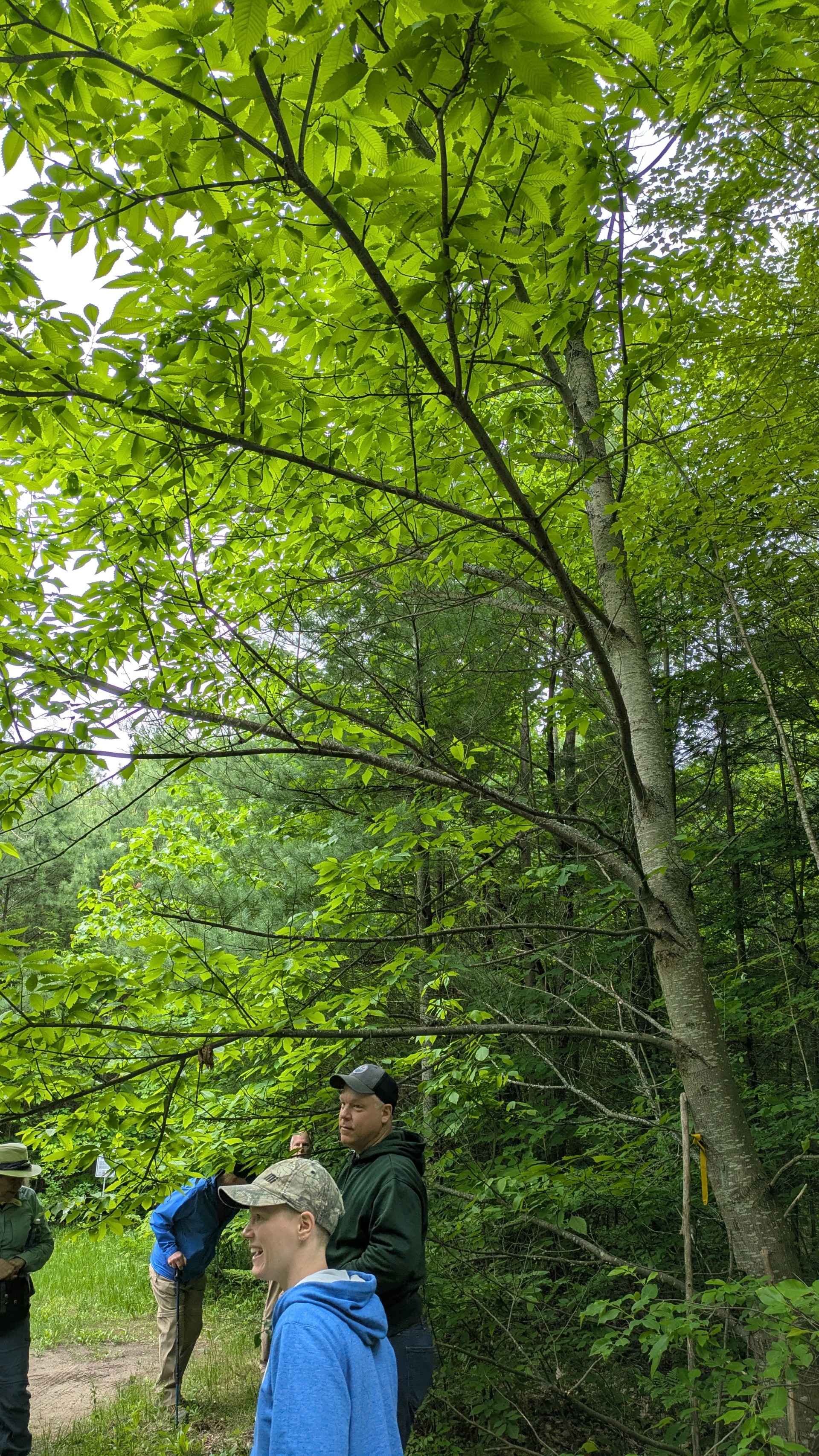
Native Chestnut
